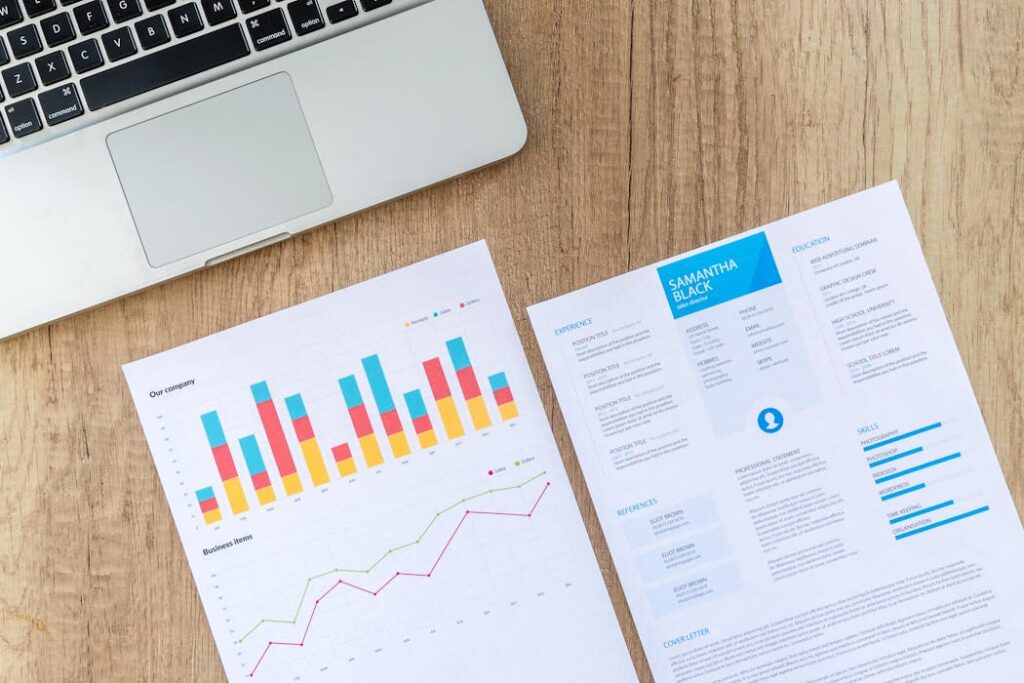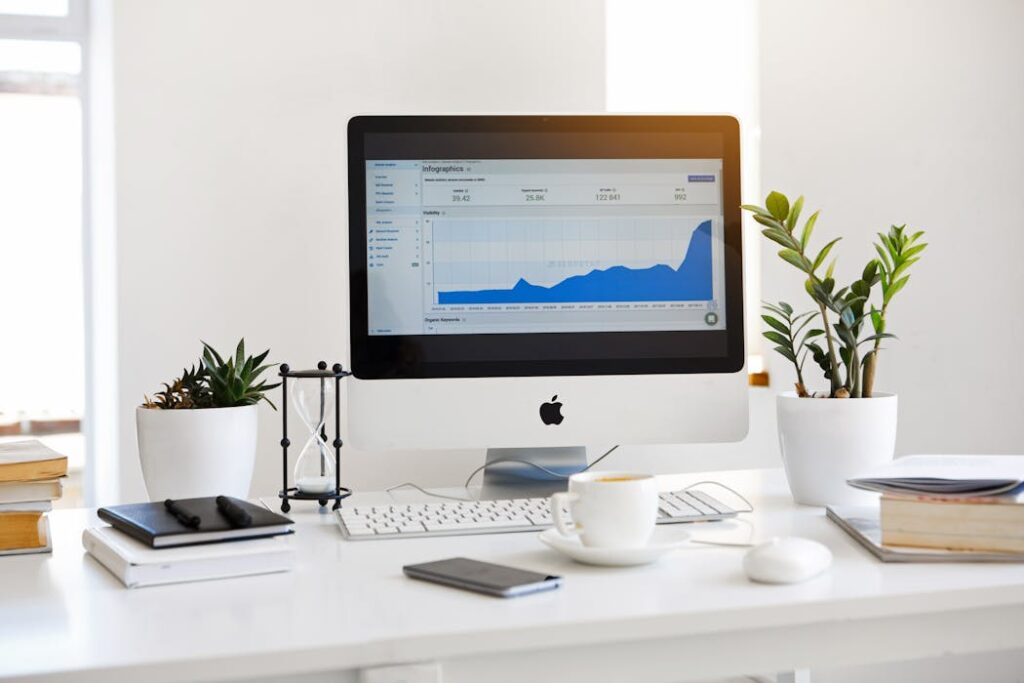Running Facebook Ads in 2025 is both an art and a science. The platform is more powerful—and more complex—than ever before. With algorithm updates, evolving privacy rules, and changing consumer behavior, it’s no longer enough to treat your Facebook advertising like a dart board, throwing things around to see what sticks.
Whether you’re a marketer, small business owner, or freelancer, mastering the art of testing, tweaking, and scaling your Facebook ads is essential to meeting your potential customers where they are.
In our last blog, we taught you How to Create Facebook Ads That Actually Convert.
In this guide, you’ll learn how to:
- Read Facebook Ads Manager data like a pro
- Adjust your creative and messaging effectively
- Scale campaigns without wasting your budget
- Use essential tools like Canva, Meta Business Suite, and analytics dashboards
Let’s dive in.
Step 1: Laying the Foundation – Set Goals and Understand Metrics
Before you start testing, you need clear goals. Are you optimizing for leads, purchases, video views, or engagement? Knowing your objective helps you identify what data matters.
Key Facebook Ads metrics to monitor in 2025:
- CTR (Click-Through Rate): Indicates how compelling your creative and messaging is.
- CPC (Cost Per Click): Tells you how much you’re paying for traffic.
- CPM (Cost Per 1,000 Impressions): Reveals how expensive your audience is.
- Conversion Rate: Shows how well your landing page or funnel converts.
- ROAS (Return on Ad Spend): The most important metric if you’re selling a product or service.
Pro Tip: Use Meta’s Conversion API to improve tracking accuracy in a privacy-first era.
While all of these metrics matter, and understanding what they mean is important, they won’t all matter all of the time. This is where your goals come into play.
If you’re a beverage brand trying to increase sales in local grocers where your drinks are sold, you might run an ad to drive brand awareness and be less concerned with ROAS or how well your landing page is converting, and care more about how people are engaging with your ad.
If you’re an online boutique running ads with the goal of increasing traffic and sales on your website, you’ll want to pay close attention to ROAS to determine which collections perform best and use click-through rate (CTR) to refine seasonal product campaigns.
Step 2: Test Like a Scientist
Testing isn’t just about A/B tests. In 2025, the smartest advertisers run structured experiments to uncover what works and why.
What to test:
- Ad Creatives: Test single images, video ads, carousels ads, and reels-style content and see what resonates best with who.
- Headlines and Copy: Try short vs. long form, benefits-driven vs. curiosity-led copy. Different people like different things. What do YOUR people (target-audience) like?
- Audiences: Test lookalike audiences, interest targeting, and custom audiences from your email list until you figure out who your target audience is and how to reach them.
- Placements: Test both auto placements and manual (Instagram Stories, Facebook Feed, etc.) to see which performs better.
How to test effectively:
- Test one variable at a time. If you test multiple things at once, it will be impossible to know what is working. For example, start with creative and test several different images, videos, or ad types. Read the data and determine which is performing best. Then switch to the next variable.
- Set a reasonable budget ($20-$50/day per variation is a good start). After you figure out what is working, scale your budget slowly to reach a larger audience. Never throw a big budget at a campaign that has not been tested, tweaked, and honed in.
- Always let tests run for 7-10 days before making conclusions and considering the data. Your ad needs to reach enough Facebook users to really supply you with enough data to consider what works and what doesn’t.
Tools to use:
- Canva: To design scroll-stopping graphics, create compelling video ads, and more. Canva is a powerful business tool to keep you looking branded and professional online. In Canva, it is quick and easy to make variable tweaks to ad creative, like colors, text, and images, for testing your ads.
- Meta Business Suite & Meta Business Manager (formerly Facebook Ads Manager): Are your primary tools for running, managing, and measuring Facebook ad campaigns across Facebook and Instagram.
- Google Sheets/Docs: Track tests and outcomes in a centralized place, record what you learned from past campaigns, and what is/is not working. Keeping time stamped records like a scientist will help you to find themes and learn about your audience. It is easy to see past data inside your ad manager account, but there is still a great benefit of breaking down your findings, recording notes and ideas for future campaigns all in one location.
For example, a landscaping business might test different service offerings (e.g., lawn care vs. patio design) with tailored visuals for each. Using Canva, they can test out different text and text colors, test pictures against each other, and more. Reading the data will help them focus their budget on their highest-converting offer.
Step 3: Tweak Strategically
Once you’ve gathered enough data, it’s time to tweak. But don’t fall into the trap of making constant changes—be intentional.
Tweak your creative if:
- CTR is below 1%
- You’re seeing high CPMs with little engagement
- Comments suggest confusion or disinterest
Tweak your targeting if:
- You’re not seeing conversions despite high CTR
- The audience size is too narrow or too broad
Tweak your budget if:
- You’ve found a winning ad set with a high ROAS
- You want to test additional creatives with the same audience
Tips for adjusting creatives in 2025:
- Repurpose top-performing content into Reels and Stories formats
- Use AI-powered tools like AdCreative.ai to generate new variations
- Refresh creatives every 2–4 weeks to avoid ad fatigue
For example, a yoga studio running ads for new member signups might learn that video testimonials outperform static ads. They should tweak the campaign to focus on short-form video content and measure the increase in sign-ups. As a next step, they might test two different video formats against each other to see which best aligns with the right people.
Step 4: Scale Like a Pro
Scaling doesn’t mean simply throwing more money at your campaign. Smart scaling requires strategy.
Two main ways to scale:
- Vertical Scaling: Increase budget on a winning ad set slowly (20% every 2-3 days).
- Horizontal Scaling: Duplicate your best-performing ad set and test it with a new audience or creative.
Scaling tips for 2025:
- Use Campaign Budget Optimization (CBO) to let Facebook allocate budget efficiently.
- Duplicate campaigns instead of editing live ones to preserve data and avoid resetting the learning phase.
- Test lookalike audiences based on high-value actions (purchases, top 25% video viewers).
Leverage dynamic creative ads to let Facebook auto-test combinations of headlines, visuals, and copy, in various formats, and save yourself time on the back and forth manual ad tweaking.
Reading and Interpreting Data Like a Pro
Meta Business Manager/Facebook Ads Manager is your best friend—if you know how to use it.
Break down data by:
- Age & Gender: See who’s engaging and converting.
- Placement: Determine if certain placements (like Stories or Reels) outperform others.
- Device: Mobile vs. Desktop can significantly affect results.
Look for trends, not just snapshots. Compare week-over-week data, and don’t over-correct when considering a small data set.
Use these tools for deeper analysis:
- Google Analytics 4 (GA4): Track user behavior post-click, and retarget when it makes sense. Make sure to embed your Meta Pixel.
- Level up your dashboards with tools like Looker Studio or Databox.
For example, a real estate agent running lead generation ads finds mobile users convert better than desktop. They shift spend toward mobile placements and update their lead form user experience for speed and simplicity on mobile devices.
Bonus: Time-Saving Tips and Resources
- Canva Pro: Get access to premium templates and schedule social media posts directly. Store your branding directly on the platform for better ease of use.
- Facebook Ads Library: Use it to spy on competitors and get inspiration.
- Zapier: Automate leads from Facebook Lead Forms directly into your CRM or email tool.
- Motion: AI-powered ad performance analysis for creative teams.
- Notion, Asana, or Trello: Organize your campaign calendar and creative iterations in one place. Split the workload amongst team members.
Final Thoughts
Facebook Ads in 2025 aren’t rocket science—but they do require a thoughtful, data-driven approach. If you learn to read your data, test systematically, tweak with intention, and scale strategically, you’ll set yourself up for long-term success.
Remember, what worked last year might not work this year. Keep testing. Keep learning. And always optimize for your specific audience and business goals.
Need help getting started? Try launching a simple test campaign today with $100, track the metrics we discussed, and use tools like Canva and Meta Business Suite to streamline your workflow.
If that feels overwhelming, we can help!
Here’s to smarter, more profitable ads in 2025!


